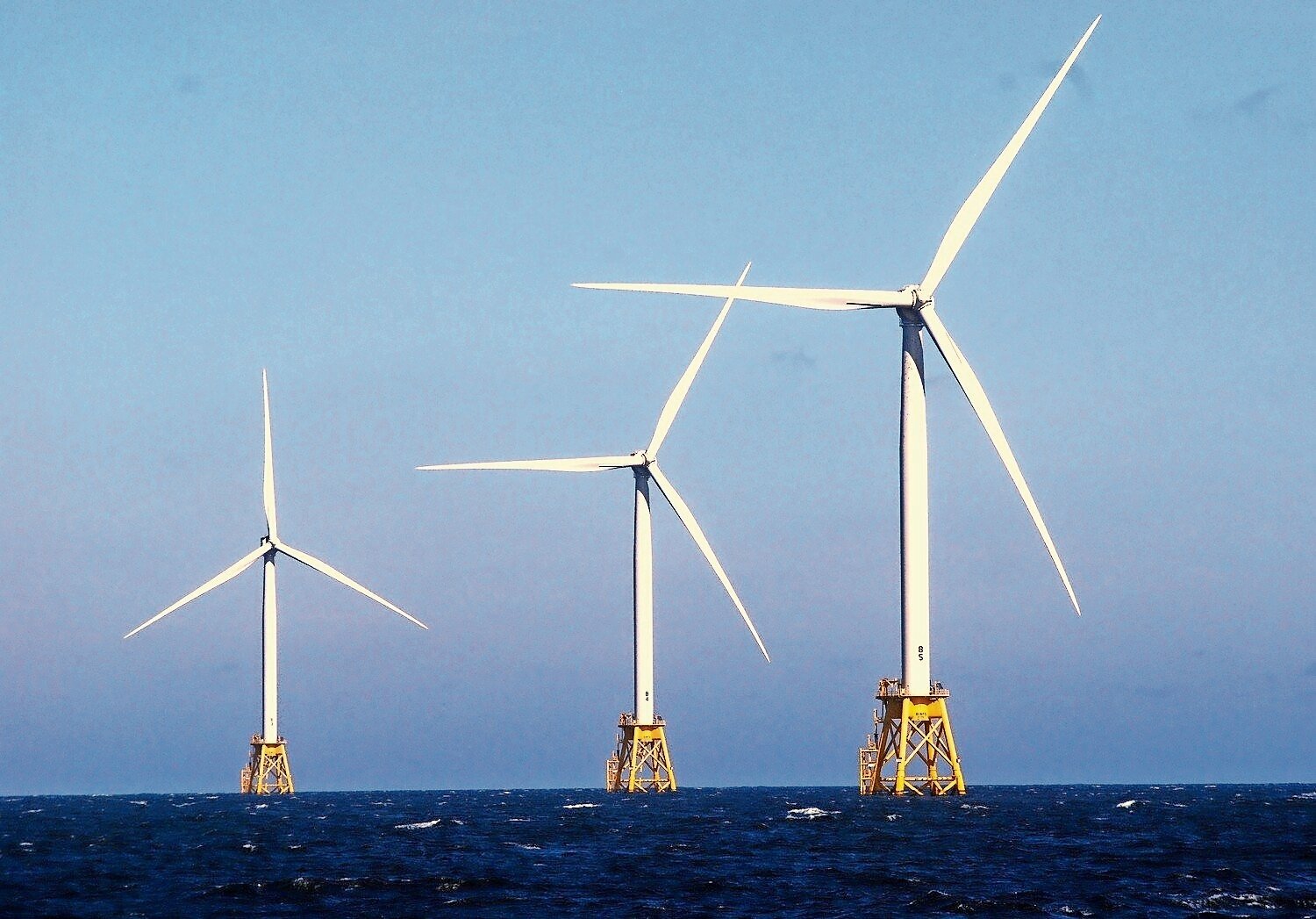What happened at the public forums regarding Equinor?
Equinor, wind turbines and electrical lines cutting underneath city streets. It’s been on the minds of many in Long Beach over recent months, joining the thoughts of those on both sides of the fence from surrounding communities for more than a year.
The $3 billion Empire Wind project from Equinor has caused a number of people living and working near the proposed project to share their opinions very openly — and some of the more prominent have been negative.
Those thoughts were brought to the floor at Long Beach City Hall last week as part of public forums led by administrative law judges Ashley Moreno and Tara Kersey. But so were more details of the project itself, like those shared by Peter Hilerio, a state public service department trial staffer, who detailed the wind energy project, and how it relates to a state process specifically targeting electric projects involving lines of at least 125 kilovolts that span at least one mile, or those of at least 100 kilovolts that stretch more than 10 miles.
Empire Wind involves the installation of two 345-kilovolt underwater cables stretching nearly eight miles from wind turbines placed in the coastal waters. Onshore, two additional cables — each nearly two miles long — will connect to a station in Island Park.
The project also introduces a new connection, extending another two miles, to the Hampton Road station in Oceanside. Cables carrying a lower voltage are planned to link the Hampton Road station to an existing transmission line beneath Lawson Boulevard in Oceanside.
“The route of the cable does not make sense,” Long Beach resident Charles Price told the hearing. “That is unless the developer, Equinor, is looking to minimize their costs by selecting the cheapest route for the cable with no regard to the Long Beach citizens and the impacted communities.
“By selecting this current route through a highly populated area on a barrier island, with water mains, gas lines, sewer lines, sharing the subsurface under the roadway, with potential sinkholes. Equinor has made the decision to maximize the impact of the project on the citizens of Long Beach and our community.”
The state review process, Hilerio explained, is designed to minimize impacts.
“Environmental impacts include forest clearing and impact to streams, wetlands and habitats,” he said. “Quality of life impacts include construction disturbance, traffic and dust. Also operating effects such as electromagnetic frequency, noise and visual impairments.”
This oversight and evaluation are largely conducted by the Public Service Commission, which bases its decisions on the project’s necessity, environmental considerations, and its fit with local regulations.
Empire Wind is expected to produce more than 3.3 gigawatts of clean energy, enough to power more than 2 million homes, according to Teddy Muhlfelder, an Equinor vice president, who also presented last week. One of the larger concerns he said he’s heard about is exposure to electromagnetic fields, or EMF.
Even at their peak, EMF levels, Muhlfelder said, will fall significantly below the safety thresholds recognized both in New York and internationally.
The safety limit for EMF levels in the state is 200 milligauss, Muhlfelder said.
“If you stand directly on top of the cable, these directly in the middle of the road when these cables are laid,” that person would experience less than a third of those levels, he explained. “When we talk about near the sidewalks, this comes down to 9.8” milligauss.
Another Long Beach resident, Christina Kramer, said she received a letter claiming Equinor wanted to install high-voltage cables, and then bring that energy over to Island Park and jump it up even higher — producing dangerous EMF radiation.
“This is feet from my doorstep,” Kramer said. “I literally walk down my stairs and 10 feet to my car, and that is exactly where they wanted” to bury the cable. “I’m happy for Equinor because they say that New York allows 200 milligauss of EMF in the environment. But New York also allows yellow dye, smoking, alcohol, bioengineered food, and vaping in our state.”
Empire Wind’s federal lease for the project began in 2017, with wildlife and marine surveys starting shortly after. Federal permitting was initiated in 2020, while state permitting began in 2022.
The federal permit process is expected to conclude next year, with the state permit for Empire Wind One wrapping up about the same time. Empire Wind Two’s permitting process will likely finalize in 2025.
Equinor spokeswoman Lauren Shane made it clear there is still more chances for neighbors to share their thoughts, with several more hearings and steps as part of the state review process.
“This is still early,” she said. “There’s a chance to hear their feedback. That’s why we’re here today, to give the opportunity for people to express concern for us for things to be considered further.
“Nothing is finalized yet. There’s still this time for us to talk with people.”

 50.0°,
Overcast
50.0°,
Overcast 




